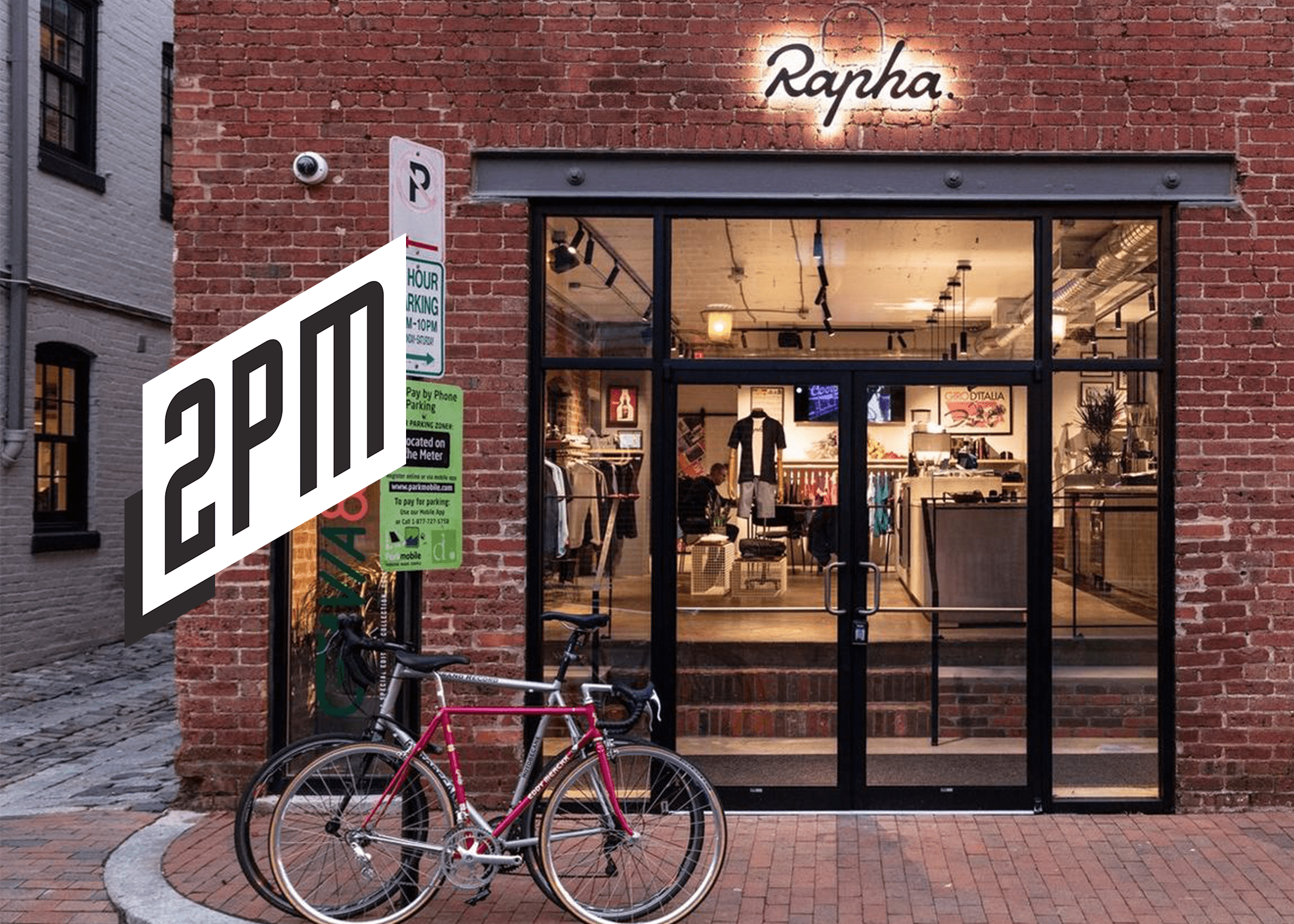 Away is about to launch a travel accessories capsule in the midst of lingering pandemic. Is co-founder Jen Rubio on to something? The answer lies in the macroeconomic statistics.
Away is about to launch a travel accessories capsule in the midst of lingering pandemic. Is co-founder Jen Rubio on to something? The answer lies in the macroeconomic statistics.
On March 16, 2020, domestic air travel reached a notable point in its crash: slow at first, and then all at once. Daily traveler throughput fell to under 1 million. Just a month later and certain days saw only 90,000 Americans travel the country’s airports. Over a year later, as travel returns, so will the brands, marketplaces, and other businesses that serve the industry. It’s shaping up to become a hot luggage summer.
One day last April at Chicago’s Midway Airport, I stood in a terminal that spanned three football fields. I was an hour early to my evening flight and the only customer in the entire terminal. A month later, I returned. Little had changed as the national throughput number climbed to just 190,477. That number wouldn’t return to 1 million or more until Thanksgiving 2020.
Over the pandemic period of March 2020 and March 2021, I safely flew nearly 40 flights between cities like New York, Miami, Chicago, Austin, San Francisco, and Los Angeles. During the months of April through June, it seemed as though air travel may never rebound to its former self. According to Rafat Ali, the founder and CEO of Skift, there will be lingering reminders of the pandemic in the air travel industry well into 2022. Ali:
Even when we’re vaccinated to a certain point, even when we reach herd immunity, we will be wearing masks [on airplanes]. We can expect that this will last for at least through the year.
Even so, the return of domestic air travel seems to be on its way. In March 2021, a group of six entrepreneurs recently organized a business retreat. The air travel date was planned for June 16 and the destination was set for Montauk, New York. In the month of June, there are close to zero available properties on Airbnb and local fixture Gurney’s Montauk Resort is at capacity. These weren’t the only signs of density in New York’s Long Island region. The data proves that domestic travel is in for a leisure boom. Ali later added:
Domestic is in for a leisure boom. Summer is going to be frantic.
The numbers add up. Domestic travel is already back to 60% of 2019’s numbers and hotel occupancy has finally exceeded 60% for the first time since March 2020. Kayak searches are rising 27% week-over-week. Short term rentals are facing a shortage in availability in many of the travel hotspots around the country. Airbnb is reflecting the highest property rental prices in the company’s history. Ali noted that both the United States and the United Kingdom have done well with vaccination rollouts. He anticipates a travel corridor between the two countries. With travel data beginning to reflect a hopeful conclusion to the global pandemic, there is one company who may serve as the bellwether.
Commerce Follows Travel
In February of 2020, Away‘s website was ranked 16,500 on the internet according to the web traffic that it received. By July, that number fell to a ranking of 52,836, but climbed to a hopeful ranking of 24,882 around Christmas thanks to savvy marketing and promotion by new CEO Jen Rubio and her team. Today, Away has steadied around a 30,000 ranking according to data provided to us by Charm.io, representing a 20% drop in web traffic over the previous three months. This may be a lot of information to chew on but consider the implications: Away is perhaps the largest luggage seller in the United States by gross merchandising volume (though Samsonite likely sells more units of luggage and accessories).

In similar fashion, German luggage manufacturer (and LVMH subsidiary) Rimowa followed a nearly identical trajectory of digital foot traffic, though its volume does not yet compare to Away’s and its target market differs. In the conversation with Rafat Ali, we compared notes between the industry-at-large and the consumer companies impacted by the overarching trends. Thanks to a once in a one-hundred year event, Away’s traffic fell.
But given its current position as a market leader, its social reach, employee count, and relative sales metrics (see more here: 2pml.com/dnvb), 2021 may be Away’s year to far-exceed even its highest former expectations.
Prior to the COVID-19 crisis, the travel brand grossed well into the nine-figures in annual revenue. With the decision to release Away’s new travel collection, Rubio’s marketing and consumer investment in this reemergence of domestic travel is significant enough of a decision to serve as a public interpretation of the positive private industry data mentioned above. The travel industry’s trends more than justify her decision to bet on this summer. Like Peloton, Mirror, Tonal, and Rogue dominated the direct-to-consumer fitness narratives of the previous year, I suspect that Away (and other travel consumer companies) will have similar trajectory narratives, finding their way to the top 100 fastest growing digitally native brands that 2PM tracks.
And if so, we may see the public offering that the team and its investors have long-earned. Either way, domestic air travel and the industries that support it are on their way to fuller terminals. That means more carry-ons, more Airbnbs, and everything in between for this hot luggage summer.
By Web Smith | Editor: Hilary Milnes | Art: Alex Remy



